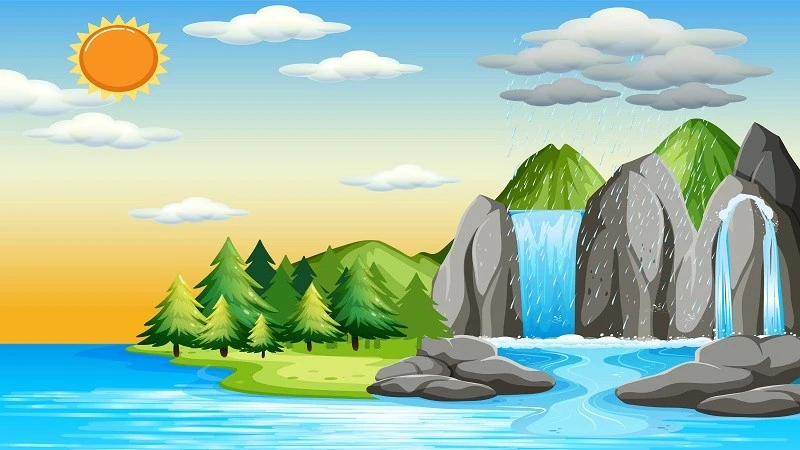“dibujo:242r61p3zak= agua” might initially seem like a random string, but let’s explore its potential meaning by breaking it down and analyzing each component.
What is “Dibujo”?
“Dibujo” is a Spanish word that translates to “drawing” or “sketch” in English. It refers to the art of creating pictures or designs using various tools such as pencils, pens, markers, or digital media. Drawing is a fundamental skill in the visual arts, encompassing a wide range of styles and techniques. It is used for artistic expression, technical illustration, and even therapeutic purposes.
The Code: 242r61p3zak
The sequence “242r61p3zak” appears to be a random string of alphanumeric”dibujo:242r61p3zak= agua” characters. This could potentially be a code or identifier, possibly used in digital platforms, software, or databases to categorize or tag specific content. Without additional context, its exact purpose is unclear. However, it could be interesting to speculate that it might be an identifier for a particular drawing or a collection of drawings related to the theme of “agua” (water).
Agua: The Element of Life
“Agua” is the Spanish word for “water.” Water is a fundamental element of life,”dibujo:242r61p3zak= agua” essential for the survival of all living organisms. It is a versatile subject in art, symbolizing various concepts such as purity, life, transformation, and fluidity. Artists have long been fascinated by water, depicting it in countless ways—fromserene lakes and turbulent seas to intricate reflections and abstract interpretations.
Drawing and Water: A Harmonious Combination
When we combine these elements—drawing (dibujo) and water (agua)—we get a rich theme for artistic exploration. Drawing water can be both technically challenging and immensely rewarding. Capturing the fluidity, transparency, and movement of water requires skill and practice. Artists often use different techniques to portray water, such as varying line weights, shading, and textural effects to create a sense of depth and dynamism.
Techniques for Drawing Water
- Observation and Study: Understanding how water behaves in different conditions—still, flowing, splashing—helps in capturing its essence.
- Layering and Shading: Using layers of shading can create the illusion of depth and translucency in water.
- Reflections and Refractions: Depicting reflections on the water’s surface and the refraction of light through water adds realism.
- Textures and Patterns: Different water bodies have unique textures and patterns. Capturing these can enhance the drawing’s authenticity.
- Movement and Flow: Illustrating the movement of water, whether”dibujo:242r61p3zak= agua” it’s the gentle ripples of a pond or the crashing waves of an ocean, brings energy to the artwork.
Conclusion
“dibujo:242r61p3zak= agua” might be an intriguing way to tag or reference artwork related to water. Whether it’s a database entry, a digital file name, or a unique identifier, it symbolizes the intersection of creativity (drawing) and nature (water). Exploring the theme of water through drawing allows artists to delve into the beauty, complexity, and essential nature of this vital element, creating works that resonate with viewers on multiple levels. See More
